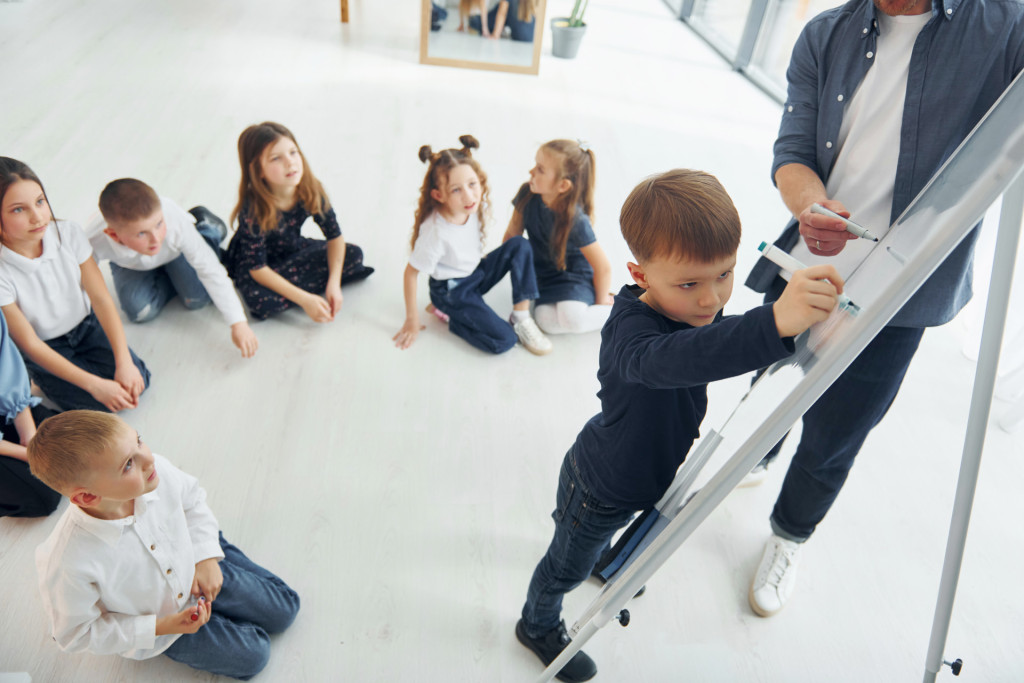Challenges of medical literature monitoring. Part 1: List of local journals
- 13/10/2022
We are starting a publication cycle dedicated to medical literature monitoring challenges. And the first part is a list of local medical journals.
Conducting regular literature searches is one of the main practices of pharmacovigilance. The search for information about medicinal products and active pharmaceutical ingredients in the published literature should be performed regularly. Especially, literature should be monitored for suspected Adverse Drug Reactions (ADRs) and other important safety information. Most of the literature cases of PR (ICSR) were found based on information from scientific journals indexed in bibliographic databases. Therefore, there is an opinion that drug safety information is almost never found in non-indexed sources. But regulations require a systematic review of local journals in all countries where a medicinal product has marketing authorization. We believe that the low rate of ICSR from non-indexed literature is due to the fact that such literature is not properly screened.
Typical problems of local medical literature monitoring
Anyone engaged in literature monitoring in pharmacovigilance faces the same problems when choosing literature sources:
- Availability of a ready-made list of references (preferably recommended by the Competent Authority).
- Relevance and the number of journals and articles included in the search. Some journals from the recommended lists have not been published for several years.
- Maintaining registration or subscription to journals, considering different issue formats; tracking the journal updates. Moreover, the forms of publications are various – pdf, scans, pictures, posters etc.
Let’s find answers to these questions together.
Is a local list of medical journals recommended for pharmacovigilance monitoring available?
The answer is more likely to be no, than yes. Local literature refers to sources not indexed in global databases for biomedical literature. This group of sources includes a mixed bunch of local journals, websites, and newsletters. The main problem with local literature monitoring is that there is no definitive list of sources that should be screened. In only a few EU countries, regulatory authorities have published recommended lists of local medical journals for monitoring. For instance, such list is issued by the Agency for Medicinal Products and Medical Devices of the Republic of Slovenia. Also, in Ukraine, the State Expert Centre published a list of recommended sources for literature monitoring. However, this list is not complete and contains medical journals that are irrelevant or are no longer published.
The relevance and size of local journals
Each applicant must evaluate and justify his choice of journals for regular screening in pharmacovigilance. During audits, the company must demonstrate that its list of journals is adequate and relevant. Therefore, it is best to ensure that all relevant journals and sources are included in the search. Local publications are often printed in the local language and target a small audience and geography. However, the language of the publications is not the biggest problem. The number and size of published local medical journals can be critical for pharmacovigilance specialists. It often depends on the size of the country and the number of medical specialists. In some countries, the journal size can be quite large, consisting of more than 200-400 pages in one issue. As we can see, the amount of material that pharmacovigilance specialists need to read every week can be quite significant.
Subscribing to local journals
In recent years, not only the amount of literature has increased, but also its availability. The increased number of open-access journals has made it easier to track updates and respond more quickly to newly published drug safety data. Another problem is that all local sources differ in their format and cannot be found in a single database. That is why it is quite difficult and costly to monitor the medical literature manually.
Summary: better to automate this process
The ideal solution to maintaining a list of local journals lies on the surface. It is necessary to collect all local sources of relevant literature from different countries in one place. The automated platform DrugCard is such a solution.
The DrugCard platform does all the routine work of the medical literature monitoring among web pages, PDF files (even scanned ones), DOC\DOCX files, and images. Sources for literature search in the DrugCard platform are constantly updated, and new journals are added from different countries. Platform specialists independently maintain the list of sources up to date. Thus, the automation of maintaining an up-to-date list of local literature for monitoring in pharmacovigilance is solved easily and quickly.
- 29/12/2025
- Drug Safety


